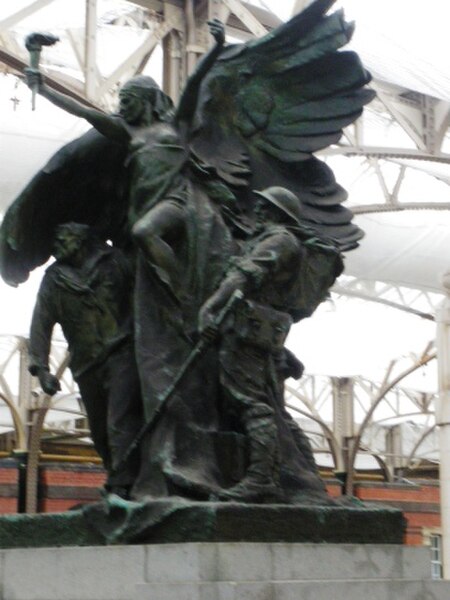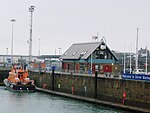Dover Marine War Memorial
British railway war memorialsBuildings and structures in Dover, KentMilitary history of Dover, KentMonuments and memorials in KentPort of Dover, Kent ... and 3 more
Use British English from May 2013World War II memorials in EnglandWorld War I memorials in England

Dover Marine War Memorial stands in the old Dover Marine Station in the Western Docks, Dover, England. The port has effectively been closed for several years; it is currently used as a berthing station for cruise liners, and is only open when a liner is in dock.
Excerpt from the Wikipedia article Dover Marine War Memorial (License: CC BY-SA 3.0, Authors, Images).Dover Marine War Memorial
Lord Warden Square,
Geographical coordinates (GPS) Address Nearby Places Show on map
Geographical coordinates (GPS)
| Latitude | Longitude |
|---|---|
| N 51.113333333333 ° | E 1.3158333333333 ° |
Address
Cruise Liner Terminal 1
Lord Warden Square
CT17 9EQ , Clarendon
England, United Kingdom
Open on Google Maps










